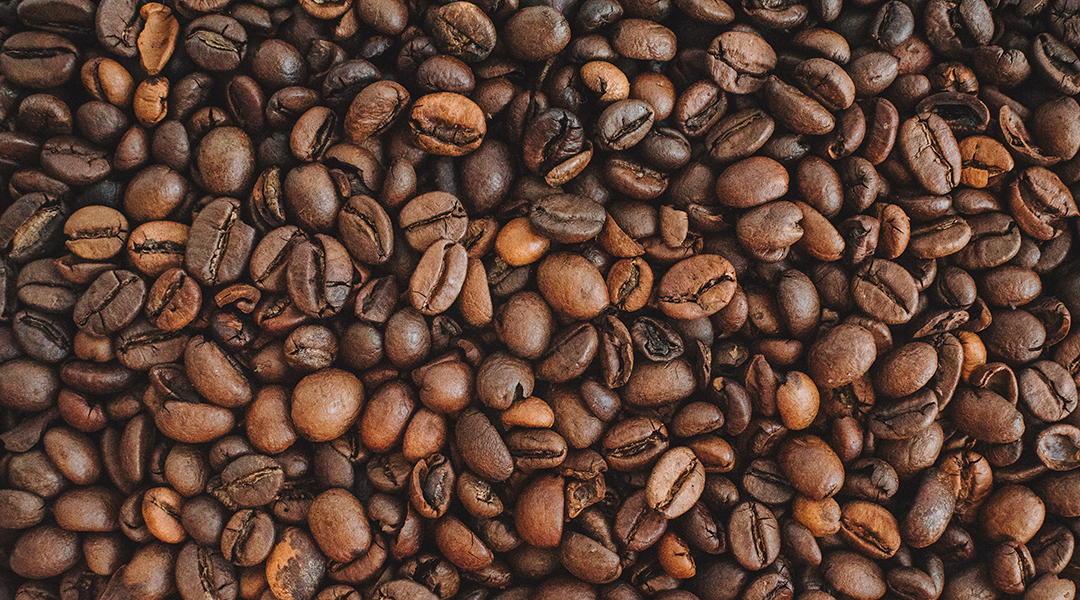Coffee plants produce branches full of small cherries containing two coffee beans surrounded by a protective husk. The husk, known as cascara among farmers, is poor in caffeine compared with the beans, and is removed during processing to produce our beloved roasted coffee beans.
Cascara represents around 30% of the dried fruit weight, which means that the millions of tons of coffee produced each year leave behind millions of tons of cascara waste. Some farmers use it as a natural fertilizer, for cattle feeding, or they sell it to make beverages. However, much of it is discarded, polluting rivers and waterways due to its caffeine content and residual pesticides, along with other residues.
“Fruit waste tends to be high in sugar and moisture, which makes it prone to putrefaction,” explained Julie Rieland, a Ph.D. candidate in macromolecular science and engineering at the University of Michigan. “This can attract pests, leading farmers to apply pesticides, burn the waste, or dump the material off-site, for example, into water bodies. The recovery of fruit material could reduce these behaviors and unlock new valuable resources.”
The idea of recycling this undervalued byproduct of the coffee industry and a growing consumer interest toward sustainability prompted Rieland and a team of scientists from the University of Michigan and Michigan State University to find a creative and eco-friendly use of cascara — as a source of cellulose, a highly versatile biopolymer.
By applying a state-of-the-art cellulose extraction method, they were able to turn cascara into cellulose fibers and films. In addition to releasing the strain on the environment, this approach re-enters a high-burden waste as a value-added product, contributing to a more sustainable economy.
Cellulose in the spotlight
Cellulose is the main component of the cell walls of plants, algae, and some fungi. It is composed of repetitive units of the natural sugar, glucose, arranged in chains that bind through strong molecular forces to form fibers. In plants, the cellulose fibers intercalate with other polymers, namely hemicellulose and lignin, to give strength and stiffness of the cell wall.
These exceptional mechanical properties have been recognized for a long time, making it a sought out structural material for use in areas such as paper and textiles like cotton or linen, and even as a thickener and stabilizer in cosmetics and food.
With the sustainable revolution unfolding, cellulose has been revalorized and gained territory as a sustainable alternative to petroleum-derived polymers, such as nylon, polyethylene, and polyester. The main reason is that cellulose comes from renewable sources and is biodegradable.
As such, cellulose is also widely used in biodegradable items like food packaging and shopping bags. Scientists have also considered cellulose as a biofuel because its sugar molecules can be fermented by microorganisms to produce biogas.
A better way to isolate cellulose
Isolating cellulose from organic materials and converting it to useful fibers requires a lengthy process involving several steps in which cellulose is dissolved, separated from the other components of the plant cell, and finally spun into fibers.
But this can be challenging as cellulose, hemicellulose, and lignin are highly insoluble in water — their dissolution needs high temperatures and harsh chemicals, such as sodium hydroxide (caustic soda), sulfuric acid, and carbon disulfide, which are harmful not only for the environment but for the workers processing them.
“Currently, the viscose and lyocell processes [mentioned above] are the dominant ways of producing manufactured cellulose fibers; however, they both have drawbacks, such as the reliance on toxic carbon disulfide in the viscose process and the thermal instability of the lyocell process,” explained Rieland.
Looking to make the process easier and more environmentally friendly, Rieland and colleagues are exploring new ways to extract cellulose using “green” solvent alternatives.
In this regard, ionic liquids have been gaining attention. These are salts that are liquid at room temperature and have exceptional properties that make them suitable for this purpose, such as they can stand high temperatures without decomposing, are non-volatile, and can be recycled, offering a safer alternative to those currently used in the classical extraction methods.
“With the ionic liquid process, we hope to find a safer and more stable solvent for cellulose processing”, added Rieland.
Hands on the cascara
To begin, the scientists assessed how much cascara could be dissolved in an ionic liquid called [DBUH][OAc], a low-cost and easy-to-synthesize ionic liquid compared to others in the market.
Although cascara dissolved at all concentrations, they observed that it was less soluble than cotton. This is likely due to the higher proportion of lignin in cascara compared to cotton, which is 90% cellulose.
The next step in cellulose isolation is coagulation, which consists of putting the cellulose/ionic liquid solution in contact with another solvent to induce aggregation and precipitation — water can be used to obtain fibers or methanol if films are desired.
The team achieved fibers ranging from 20-100 micrometers and 2.5 x 7.5 cm films. “The ability to draw fibers as thin as human hair from unrefined coffee fruit points to a promising application in textiles and fiber reinforcements,” highlighted Rieland. Unlike cotton fibers, cascara fibers and films had brownish pigmentation due to the high content of lignin and natural pigments.
When the scientists compared the composition of the films with untreated cascara, they found that the films were purer in cellulose but contained as much lignin and hemicellulose as the raw cascara, which could decrease their mechanical resistance. Moreover, the undissolved material still contained cellulose, indicating that there is still room for improvement in the extraction process.
“There are two main adjustments that I expect would greatly improve the products,” said Rieland. “First would be the purification of cascara cellulose to remove extracts (which include waxes, proteins, sugars, and small molecule components), lignin, and hemicellulose. The second would be using an automated spinning system to yield better cellulose crystallization in the fibers.”
Reference: Brian J. Love, et al., Ionic Liquid-Mediated Biopolymer Extraction from Coffee Fruit, Macromolecular Materials and Engeenering (2023). DOI: 10.1002/mame.202300145
Feature image credit: Anastasiia Chepinska on Unsplash

















